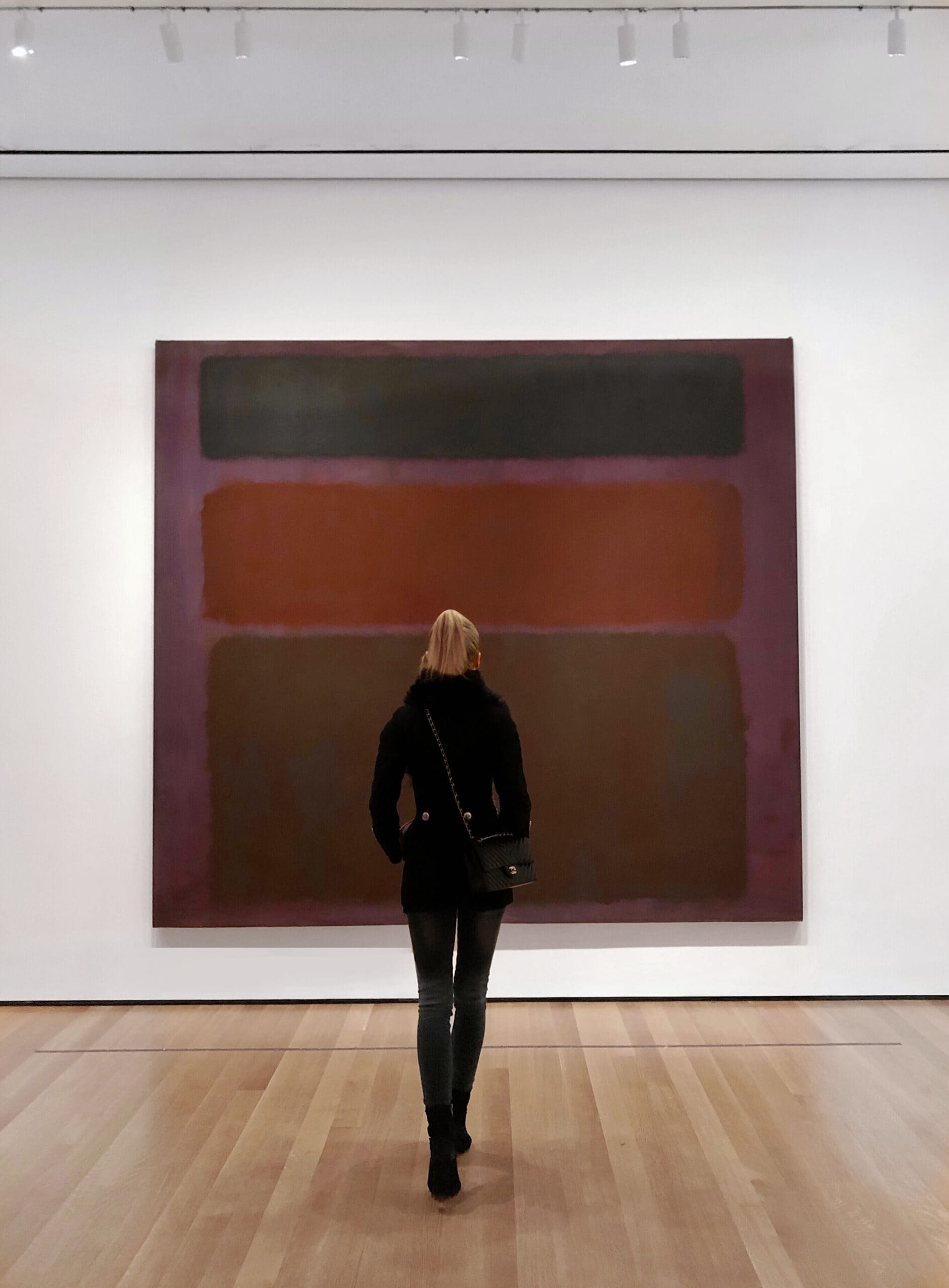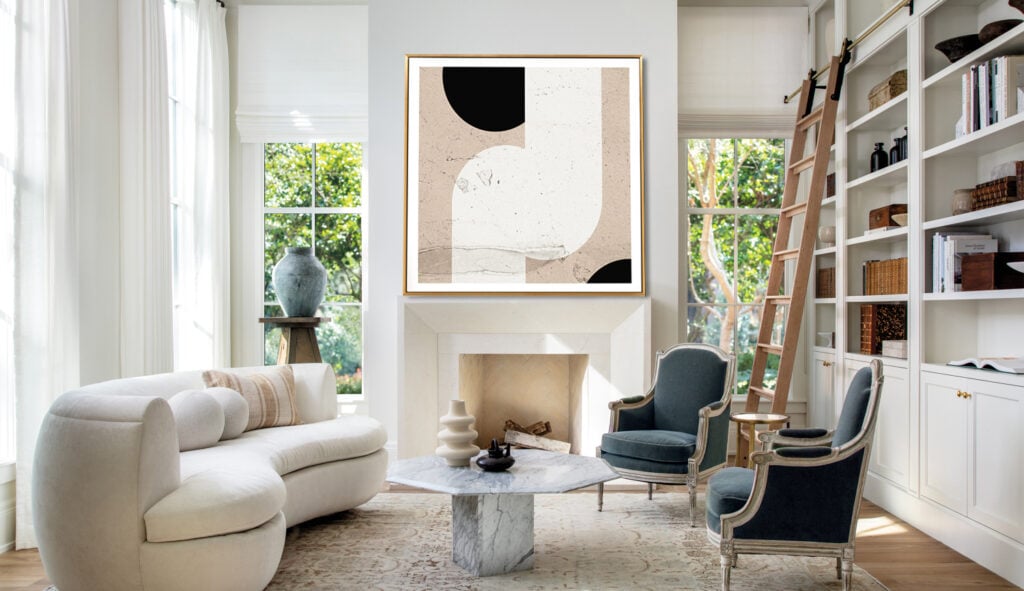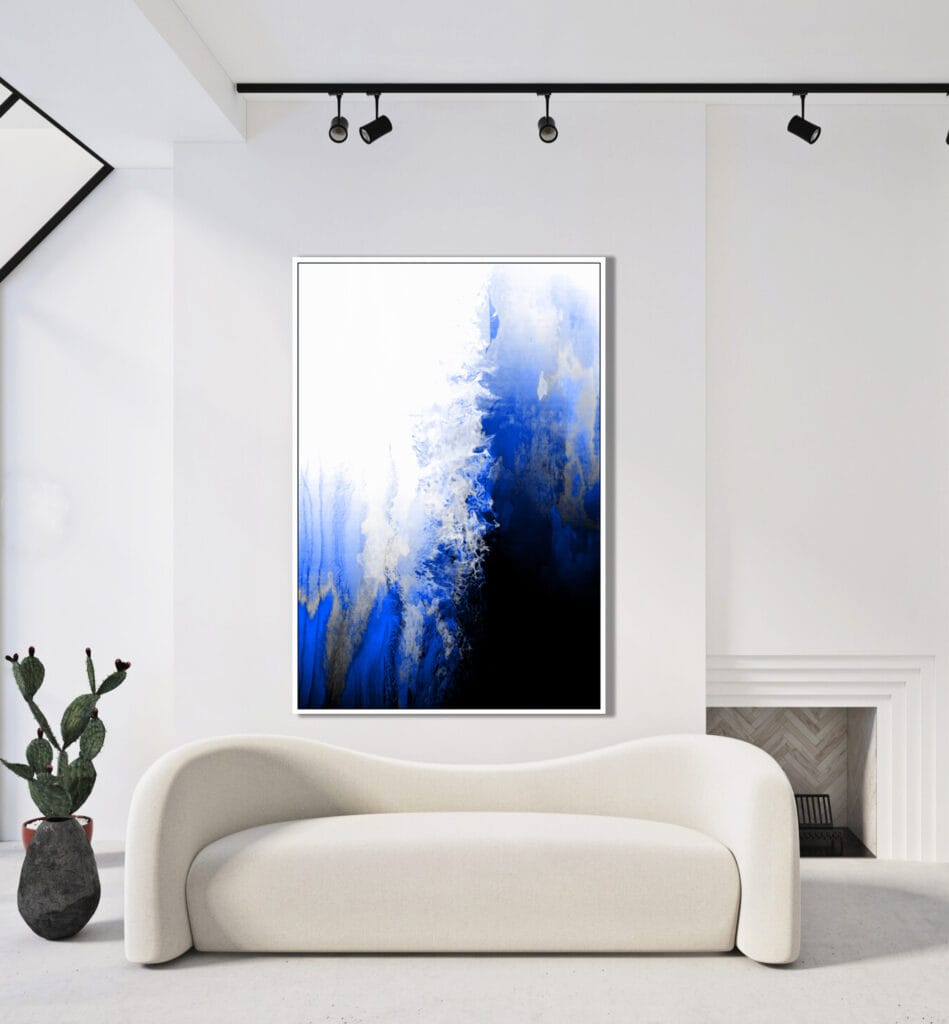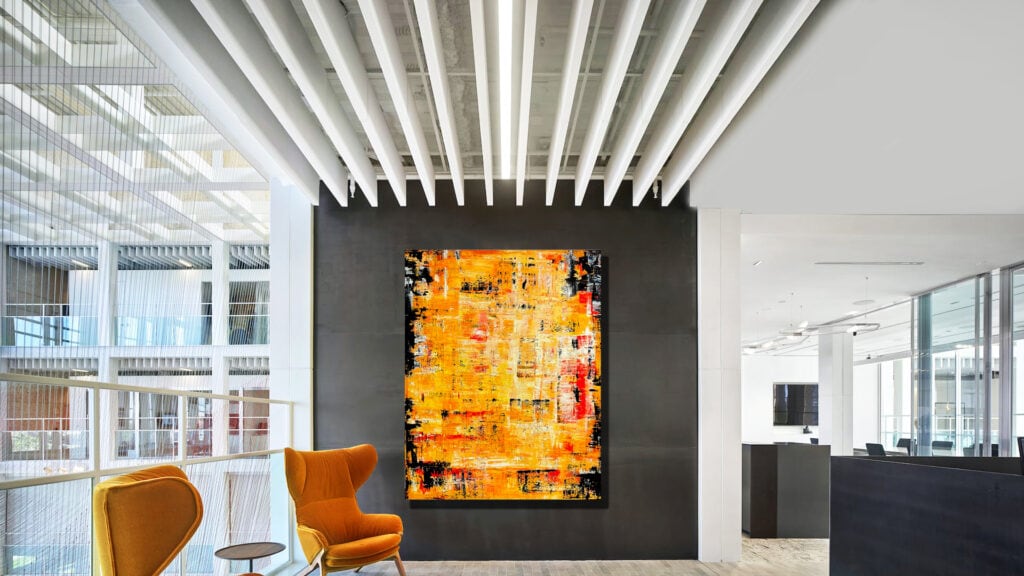KASIA ART
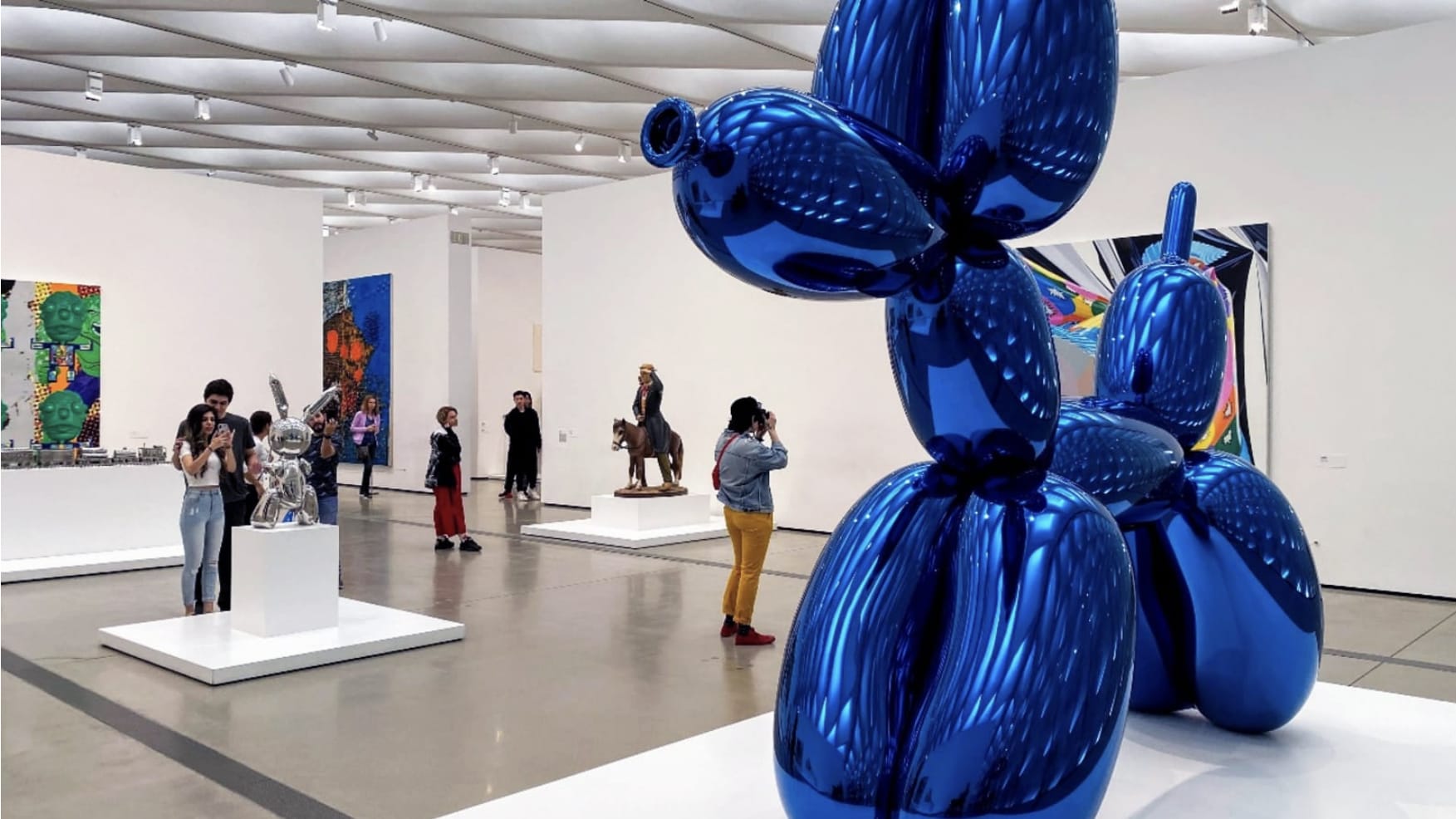
Exploring the Potential of Art as an Investment: Benefits, Risks, and Considerations
Inflation can be a significant concern for investors as it erodes the value of their assets over time. One way to protect against inflation is to invest in assets that have the potential to appreciate in value over time. Art has long been considered a good investment, not only for its potential to appreciate in value but also for the intrinsic value it provides to collectors.
In this article, we will explore why art is a good investment to protect against inflation.
Art as a Tangible Asset
One of the primary reasons why art is a good investment is that it is a tangible asset. Unlike stocks or bonds, which are intangible and can be subject to market volatility, art is a physical asset that can be seen, touched, and enjoyed. This tangibility makes art an attractive investment option for those who prefer to invest in something that they can hold and appreciate.
Furthermore, the scarcity of certain artworks can increase their value over time, making them valuable assets to own. For example, a rare painting by a well-known artist can be worth millions of dollars, and its value may increase significantly over time. As the number of artworks by that artist decreases, the value of the remaining pieces can increase even further.
Historical Appreciation of Art
Art has also proven to be a good investment over the long term. According to the Mei Moses All Art Index, which tracks the performance of art as an investment, art has appreciated at an average rate of 5.5% per year over the past 50 years. This rate of appreciation is higher than the rate of inflation over the same period, meaning that art has provided a good return on investment for those who have invested in it.
Furthermore, art has been shown to be less volatile than other asset classes such as stocks or bonds. This means that the value of art is less likely to experience dramatic swings due to market forces, making it a more stable investment option.
Art as a Diversification Strategy
Another benefit of investing in art is that it can provide diversification to an investment portfolio. Diversification is the practice of investing in a variety of different asset classes to reduce risk. By including art in a portfolio, investors can spread their risk across different types of assets, reducing their exposure to any one asset class. Furthermore, art can provide a hedge against inflation in a diversified portfolio. When stocks and bonds are negatively impacted by inflation, the value of art may rise, providing a buffer against losses in other areas of the portfolio.
The Value of Art Beyond Financial Gain
Investing in art can also provide value beyond financial gain. Art can provide aesthetic and emotional enjoyment to collectors, which can add significant value to their lives. Art is a reflection of culture, history, and society, and owning a piece of art can provide a connection to the broader world beyond the financial markets. Additionally, investing in art can support artists and the arts industry. By purchasing art, investors can support artists, galleries, and museums, helping to ensure the continuation of this valuable industry.
Risks and Considerations
As with any investment, there are risks and considerations to investing in art. Art can be subject to fluctuations in value due to changes in the art market or shifts in public opinion about specific artists or movements. Additionally, the value of art can be difficult to determine, as it is a relatively illiquid asset with no standardized pricing mechanism. Investors should also consider the cost of owning and maintaining art, including expenses such as storage, insurance, and conservation. Furthermore, investors should be aware of the potential for fraud in the art market and take steps to ensure that any art they purchase is authentic and accurately represented.
Conclusion
In conclusion, art is a good investment to protect against inflation. It provides a tangible asset that can appreciate in value over time, has a history of appreciation, and can provide diversification in an investment portfolio. Additionally, investing in art can provide non-financial benefits, such as aesthetic and emotional enjoyment and support for the arts industry. While investing in art has its risks and considerations, with proper research and due diligence, it can be a valuable addition to a diversified investment strategy.
Just like with any financial decision, it’s important for individuals to carefully consider their own circumstances and goals before making any financial commitments. Overall, art provides not only a potential financial return but also a connection to culture and history, making it a unique and valuable asset class for investors looking to protect against inflation and diversify their portfolios.
